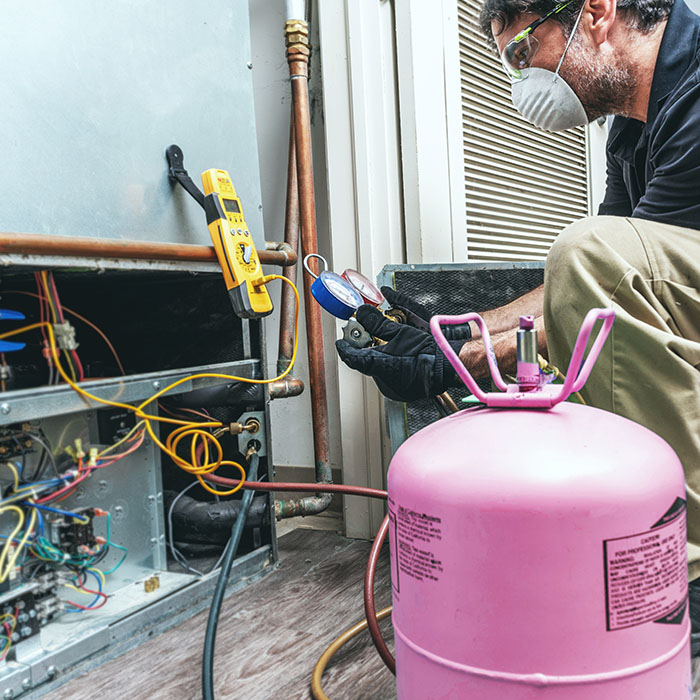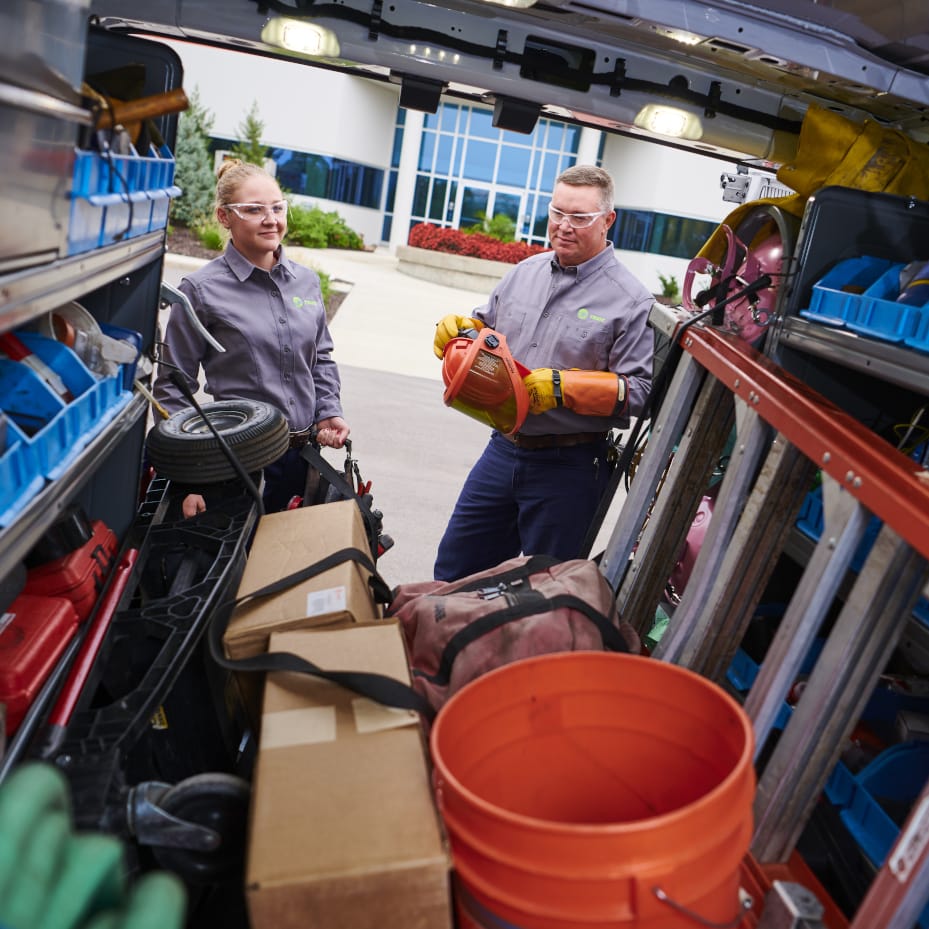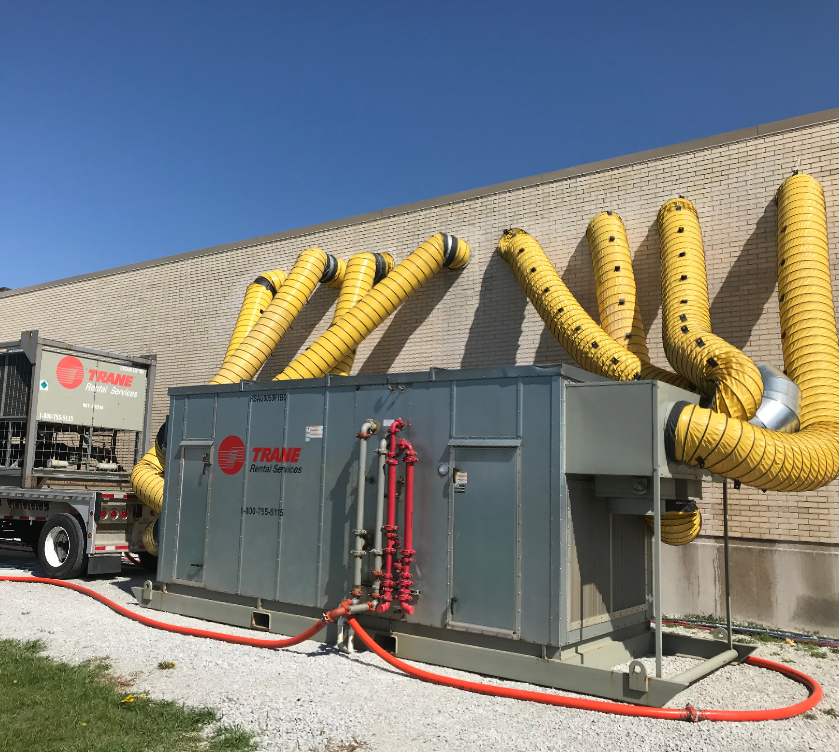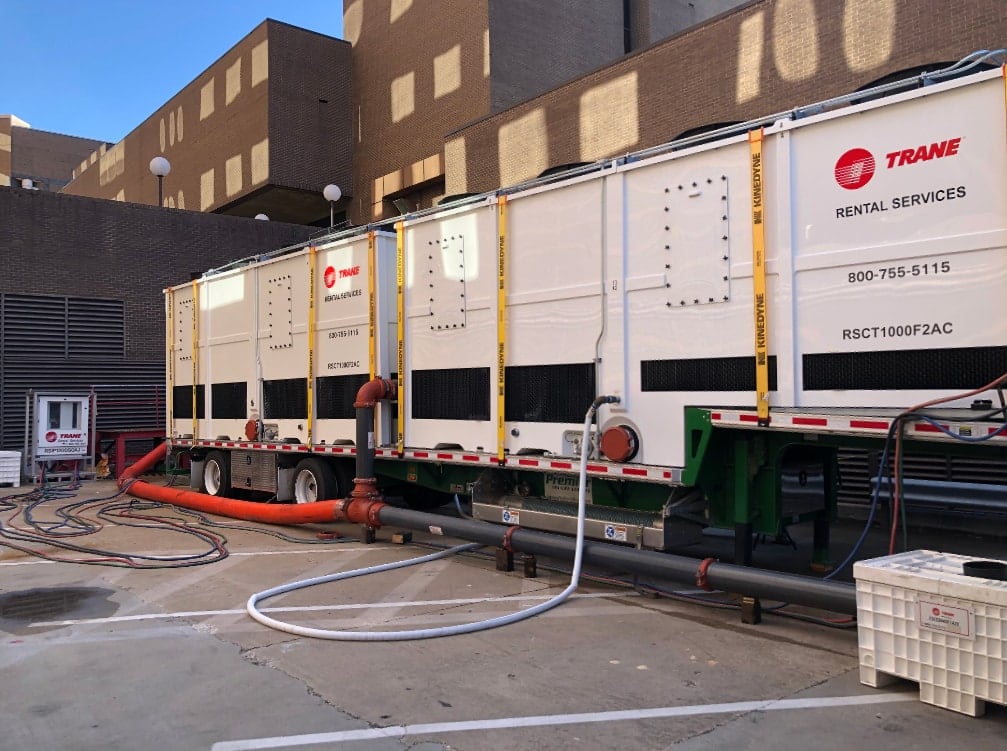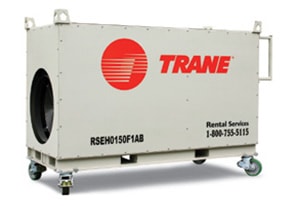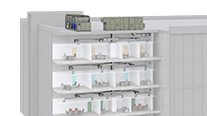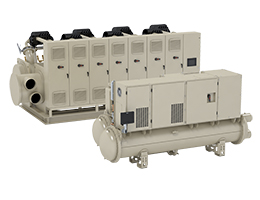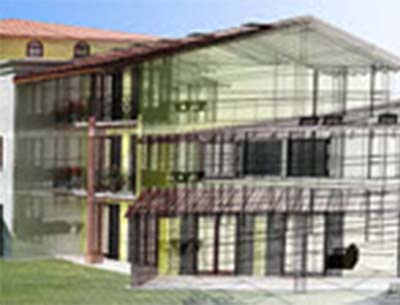Q. What does it mean to “design for healthier indoor spaces”?
A. Typically when people think of “healthier indoor spaces” they are referring to the filtration or other air cleaning technologies. What many people don’t realize is that the health of their spaces is so much more than that. It starts with thermal comfort, ie the temperature and humidity in the space. ASHRAE® has tons of research that shows that there are optimal ranges for temperature and humidity to keep occupants comfortable and reduce the spread of certain viruses, bacteria and other microbials. We have also known for many years that proper ventilation is extremely important to address things like sick building syndrome or certain hospital acquired illnesses. While these are just a few examples, it is important to consider all of the factors that go into designing indoor spaces to improve, not just preserve, the well-being of its occupants.
Q. What kinds of things are important to consider when designing for healthier spaces?
A. I mentioned temperature and humidity as well as ventilation above. Other factors to consider are lighting which has plenty of data to support the importance on worker’s productivity as well as acoustics. Have you ever sat in a presentation in a conference room that echoes? After while, your eyes will roll into the back of your head (figurately speaking of course)! Lastly, filtration and other air treatment technologies are your last line of defense against anything that ends up in the airstream that can eventually make it to occupied spaces and, many people forget, surfaces in the building! These all play a role in designing a space properly.
Q. Why is asking “what one technology or practice has the most potential impact” the wrong question?
A. This is probably the most common question in the industry today. The problem with this question is that it doesn’t consider the specific requirements of the building and its occupants. For example, a Operating Room’s design requirements are totally different from that of a movie theatre or manufacturing facility. Not all technologies or design principles are going to be as effective in each of these spaces so it is important to understand the unique requirements for each project.
Q. What are the right IEQ-related questions to ask before designing a project?
A. Starting from the basics such as what is the purpose of the space? Where is it located (within the building as well as geographically)? A project in Manhattan is going to have different challenges than one in Des Moines. What are the goals of the project? How will the system be controlled (lighting, HVAC, filtration)?
Q. What are good conversation starters for Engineers to have with Builders or Facility Managers?
A. What do you like about your building? What are your biggest concerns? What is your wish list for improvements?
Q. What, if any, surprising misconceptions about IEQ design have you heard? What is/are your recommendations to tackle this/these misconceptions?
A. The biggest misconception that I hear frequently is that a certain technology is the best overall technology for air cleaning. While certain technologies may perform well in a vacuum, unfortunately there is no easy answer for a technology that performs perfectly in every situation. While some devices have their merits, (generally inexpensive, easy to install and somewhat low maintenance), no device is the right choice for every application. The requirements, size and type of space all play into the equation to determine what the right system is to improve the indoor environment.
The views and opinions expressed in this article are those of the authors and do not necessarily reflect the official policy or position of Trane or Trane Technologies.




